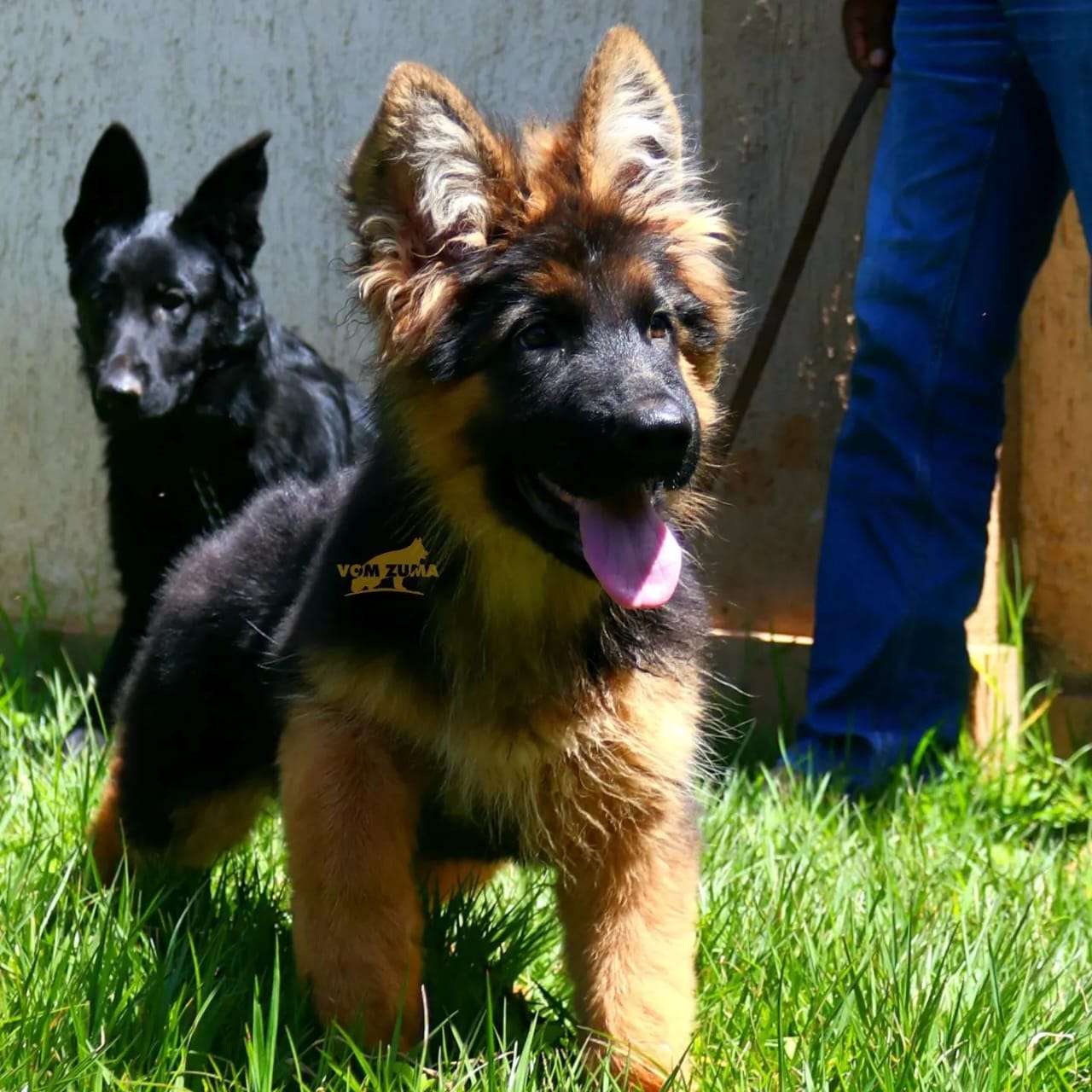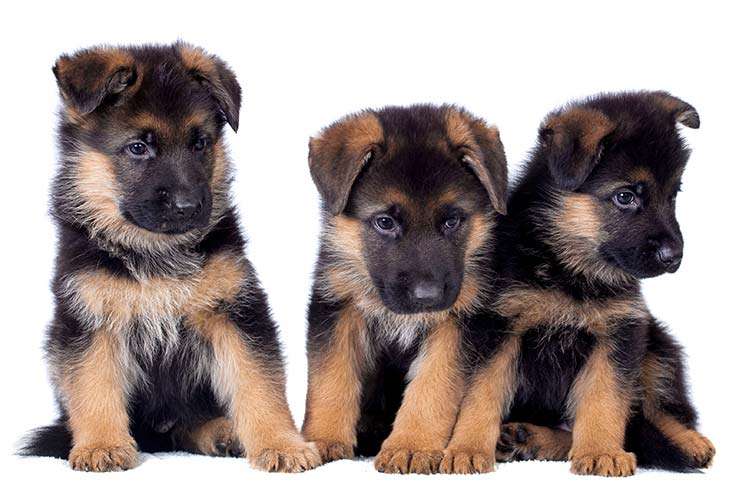Unraveling GSD Coat Colors: A Dive into Canine Genetics
Introduction: The Palette of GSD Coat Colors
“Dogs are not our whole life, but they make our lives whole.” – Roger Caras
German Shepherd Dogs (GSDs) have captured our hearts with their loyalty, intelligence, and diverse coat colors. From the striking black and tan to the elegant sable and the regal solid black, GSDs exhibit a rich spectrum of coat colors that never fails to amaze us. In this article, we will embark on a journey to understand the genetics that paint the canvas of GSD coat colors.
The Role of Genes in gsd Coat Colors Determination
At the heart of a GSD’s coat color lies a complex interplay of genetic factors. These factors determine whether your furry friend will sport a luscious coat of golden hues or don a robe of deep blacks. The primary genetic players responsible for coat color inheritance are melanin and its variations.
Unmasking the Melanin Magic
Melanin, the pigment responsible for skin, hair, and eye color, is the maestro behind GSD coat colors. Two types of melanin, eumelanin and pheomelanin, come together to create the stunning array of hues we see in GSDs.
Eumelanin: The Dark Artist
Eumelanin is the mastermind behind black and liver-colored coats. The presence of eumelanin in various concentrations and distribution patterns leads to the breathtaking spectrum of coat colors, from jet black to majestic shades of sable.
Pheomelanin: The Golden Touch
Pheomelanin adds the golden, red, and cream tones to a GSD’s coat. The interaction between eumelanin and pheomelanin gives rise to unique patterns and variations, making each GSD’s coat a masterpiece.
The Genetics Behind Coat Color Variations
The genetic journey of coat color inheritance is akin to a thrilling puzzle, with various genes interacting to produce astonishing outcomes. Understanding the basic genetics can unravel the mysteries behind your GSD’s coat.
Locus by Locus: The Colorful Puzzle
Different genes, or loci, control specific aspects of coat color, such as intensity, pattern, and distribution. The Agouti gene, for instance, determines whether a GSD will have a solid coat or exhibit patterns like sable or agouti.
Dominance and Recessiveness: The Silent Players
Some coat color genes are dominant, while others are recessive. This leads to scenarios where a GSD may carry the genetic code for a specific coat color without expressing it. The complexity of dominance and recessiveness adds depth to the coat color genetics saga.
Predicting Coat Colors: A Genetic Crystal Ball
Have you ever wondered what coat colors your future GSD pups might have? Thanks to advancements in genetic testing, breeders and enthusiasts can now predict potential coat colors with surprising accuracy.
Nature vs. Nurture: Environmental Influences on Coat Color
While genetics primarily dictate coat colors, environmental factors also play a role. Sunlight, nutrition, and overall health can influence the vibrancy and appearance of a GSD’s coat.
Celebrating Diversity: The Charm of gsd Coat Color Variations
GSD coat colors aren’t just a matter of aesthetics; they reflect the unique genetic makeup of each individual dog. Embracing the diverse coat colors is a celebration of the rich tapestry of canine genetics.
Conclusion: A Kaleidoscope of Canine Beauty
In conclusion, GSD coat colors are a testament to the intricate dance of genetics and the marvels of nature. From the enchanting blending of eumelanin and pheomelanin to the complex interplay of various genes, each GSD’s coat tells a captivating story. So, the next time you admire a GSD’s coat, remember that you’re witnessing a masterpiece sculpted by both genetics and nature.
FAQs About GSD Coat Colors
- Q: Can two black-coated GSDs have a litter of puppies with different coat colors? A: Yes, because coat color inheritance is influenced by a combination of genes.
- Q: Are certain coat colors more prone to health issues? A: There’s no direct correlation between coat color and health problems.
- Q: Can GSD puppies change their coat colors as they grow? A: Some coat color changes can occur during a puppy’s growth, but drastic changes are unlikely.
- Q: Is coat color solely determined by genetics? A: While genetics are the primary factor, environmental influences can also impact coat appearance.
- Q: What is the rarest GSD coat color? A: The blue GSD, resulting from a dilution gene, is considered one of the rarest coat colors.
- Q: Can two GSDs with sable coats produce solid black puppies? A: Yes, if both GSDs carry the genetic code for solid black coats.
- Q: How do I choose a GSD puppy based on coat color? A: It’s important to prioritize a puppy’s health, temperament, and compatibility over coat color.
- Q: Can mixed-breed GSDs exhibit the same coat color variations? A: Yes, coat color genetics apply to mixed-breed GSDs as well.
- Q: Are coat color and coat length determined by the same genes? A: No, coat color and coat length are controlled by different sets of genes.
- Q: Can GSDs with rare coat colors participate in dog shows? A: Yes, rare coat colors can participate, but the focus should be on the dog’s overall conformance to breed standards.
Embracing the Canine Kaleidoscope: A Guide to GSD Coat Colors
Discover the enchanting realm of German Shepherd Dog coat colors and their genetics. Unravel the intricate dance of genes, explore the science behind each hue, and celebrate the diversity that makes every GSD a unique masterpiece. Whether you’re a breeder, an owner, or simply an admirer of these majestic dogs, understanding the genetics behind GSD coat colors adds a new layer of appreciation to their beauty and charm.











